Photographic lighting is the illumination of scenes to be photographed. A photograph simply records patterns of light, colour, and shade; lighting is all-important in controlling the image. Lighting is a key factor in creating a successful image. Therefore it is necessary to control and manipulate light correctly in order to get the best texture, vibrancy of colour and luminosity on your subjects.
There are two basic types of lighting: hard light & soft light. The broader the light source, the softer the light & the narrower the source the harder the light. Broad light source lessens shadows, reduces contrast, suppresses texture & a Narrow light source does the opposite
Available sources of light:
- Natural
Sun Light/Window Light, Cloud Light, Moon Light, Mist & fog Light
- Artificial
Umbrella Light, Soft Box Light, Flash Light, Tube Light/LED Light /Bulb Lights/Mono Light – Can be termed as Incandescent & Fluorescent).
For Outdoor Photography
- Best is to capture the magic of Golden hour (sunrise/sunset) – use direct sun light to your advantage
- Can use cool light of blue hour, diffused light in mist & fog.
- Can use Window/Door light
- Use the Reflectors can help to bounce natural light back on to your subject
- Use of bouncing light act as diffusion may it be by Reflectors Flash, Soft Box, Light Modifiers, China Ball or White Boards
- Use Standard 3 point lighting technique for Indoor Photography – Key or Main Light to highlight the subject, Fill light to improve contrast & Back Light for highlighting the outlines & to give three-dimensional look.
- Use of artificial light at night can illuminate the subject from the front. Front lighting de-emphasizes texture. Lighting from the side, above & below emphasizes it
- Use of backlight can create a silhouette photo, where subject appears as a dark outline against a bright background. Backlight can be used as highly diffused lighting
- Use of side lighting can illuminate one side of the subject and the other side appear to be in the shadow. It creates & bring contours, textures, shadows, depth & dimension within the image
- There are 8 types of photography lighting – Flat Light, Broad Light, Short Light, Split Light, Back Light, Rim Light, Butterfly Light & Loop Light
- Studio lighting comprising of Flash Heads linked with switchable slave enabling one flash to be triggered by another. Normally there is one flash head, one reflector & two light stands
- The other studio lighting combination could be Two flash heads, two 66 cms soft boxes, one reflector & two light stands or one 66 cms soft box & honeycomb/Snoot Light
- Use of hand held mirror can help to control the natural light
- Use of curtain or blinds or modifiers can help & diffuse the harsh light
- While using artificial light source inside the room, it is better to turn off external/other light
- Use fill light to reduce the contrast in picture/scene
- Kicker/Rim Light is an accent light that highlights the edges of a subject. A hair light is a type of kicker/Rim Light
- Shoot on Aperture Priority mode to get best results. Use f/1.8, which help actually let in 4 times more light than f/3.5
- Choose your white balance
- Use ISO of 800 and Shutter speed 1/100 sec or higher for Indoor shoot
- Use a light catching backdrop, it will help to cradle the light around. Use of white back drop, white board is often used as backdrop
- For product photography, use Light Box, it will help to keep the light in control
- For wildlife photography, use High & low Key light depending upon subject
- Closer the light source; softer the light
- Diffusion scatter light; make the light source broader & therefore softer
- Light fall off can be used to vary the relationship between the light on the subject & background
- Shadows create volumes
- Remember lights has inherent colours, even when it looks white
- For effective & best lighting, use a light meter and Radio Flash Transmitter for correct amount of lighting & timing
- Use Creative & imaginative lighting to maximise for the best results. It is always good to make use of natural composition.
For Indoor Photography
General
Photography is all about People & experience … & making a connection. Go ahead, hangout with friends and enjoy photography…
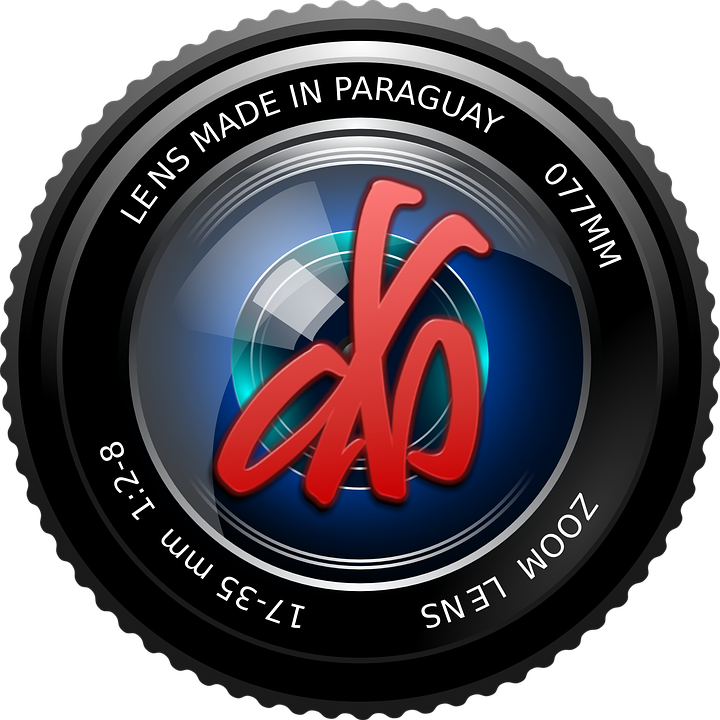
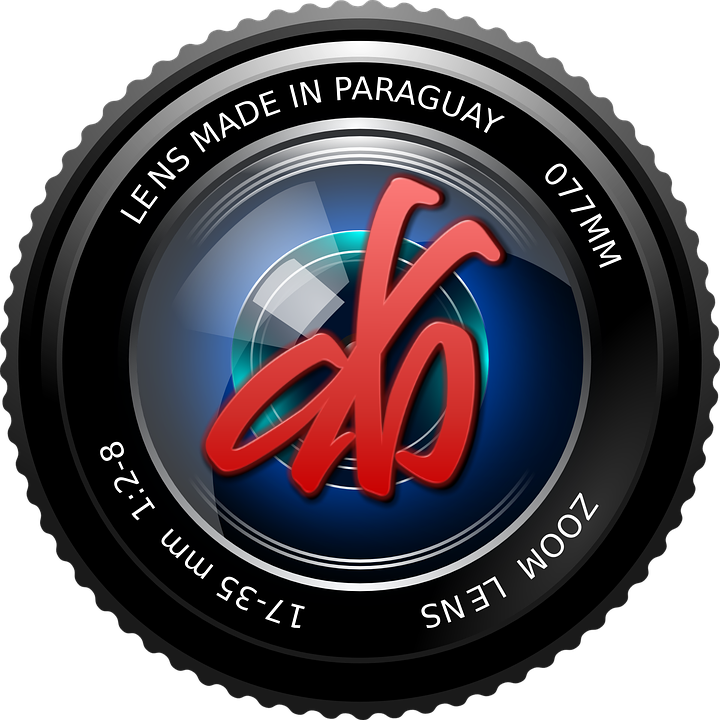
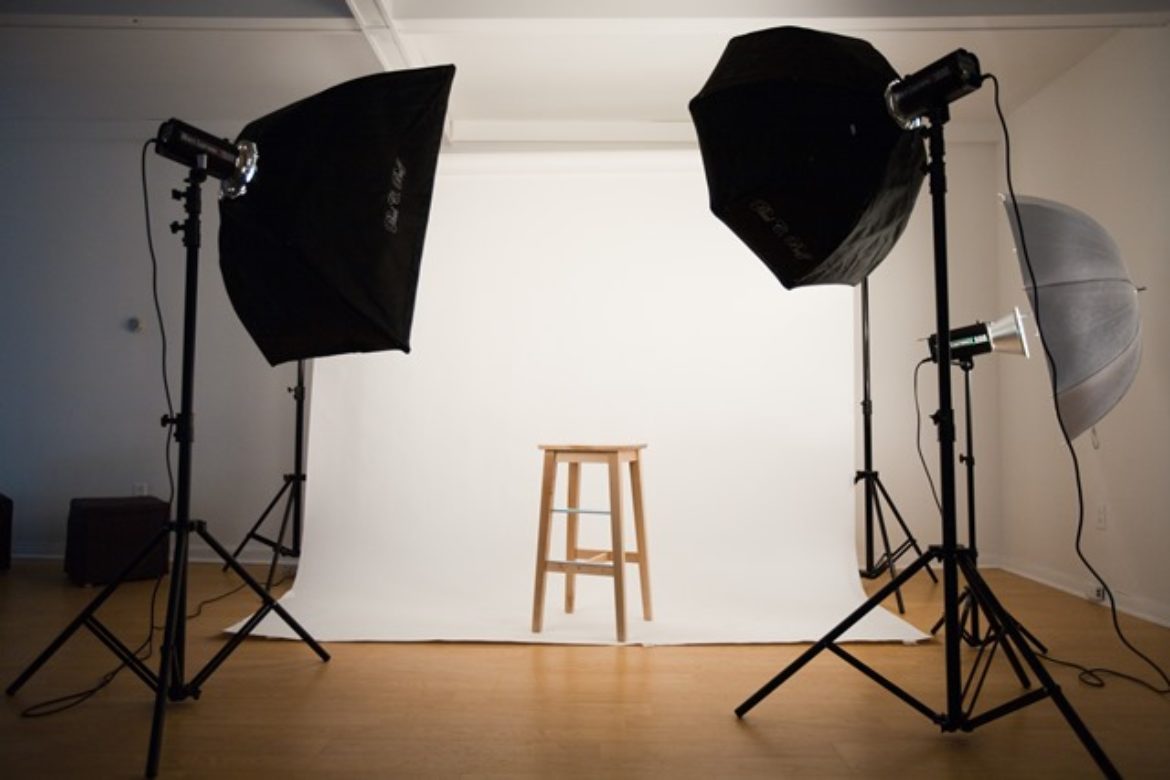
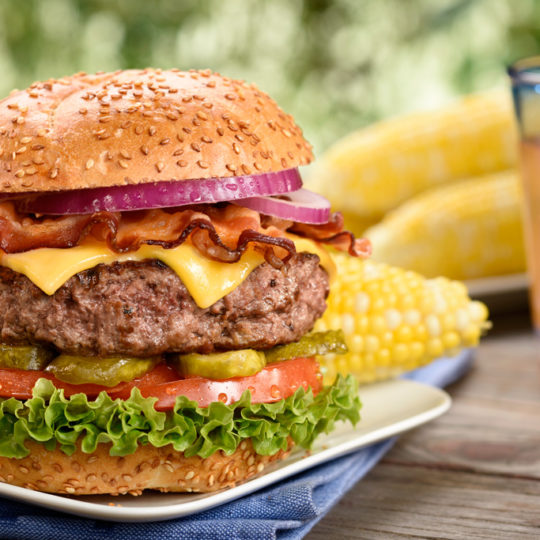
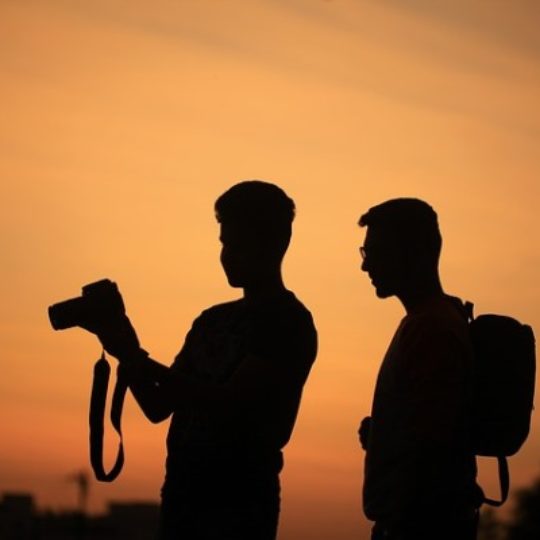
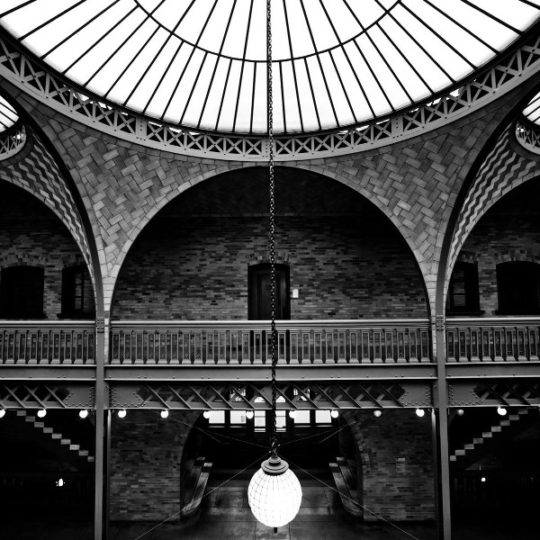
Recent Comments